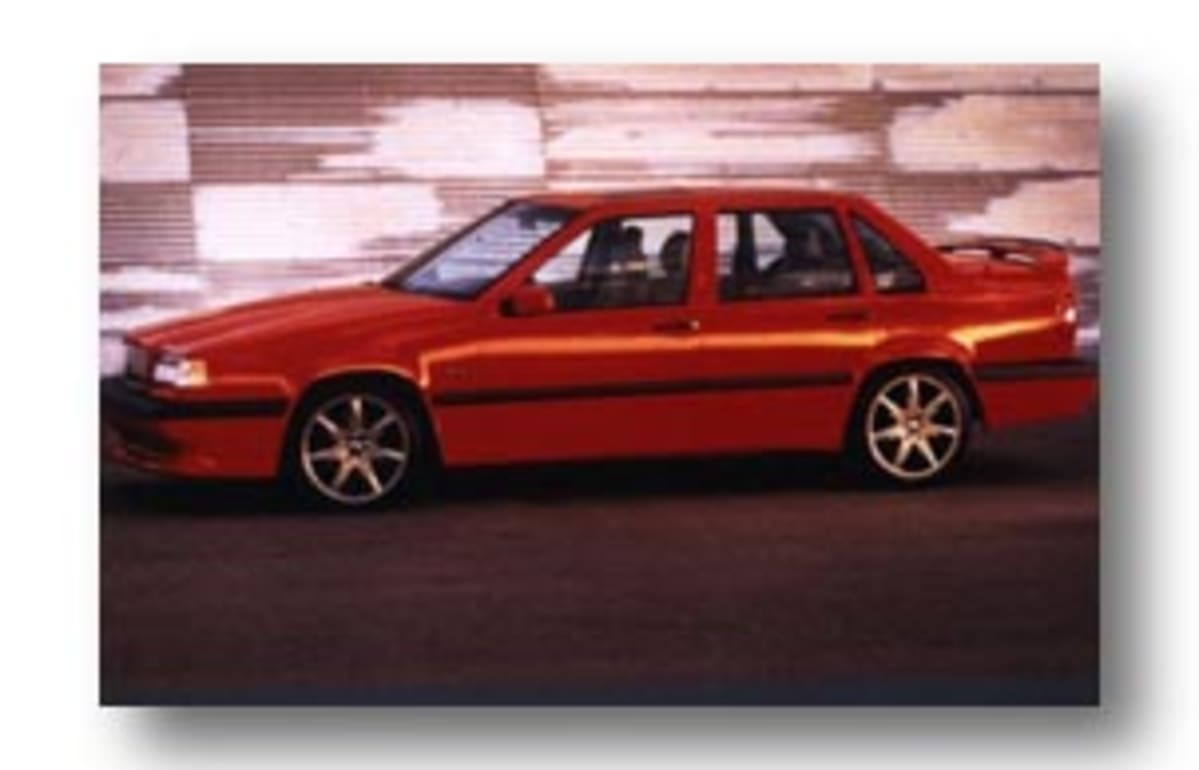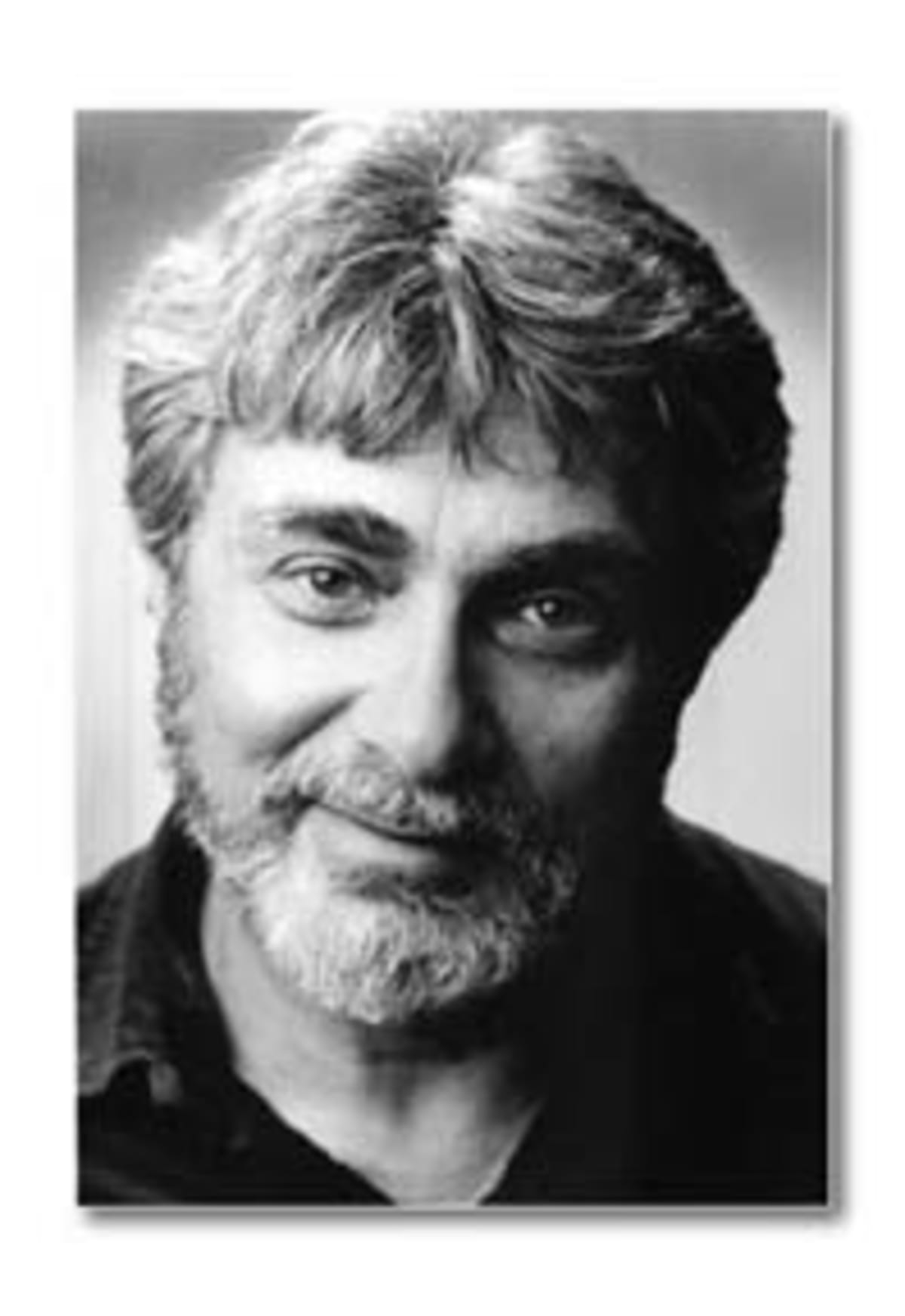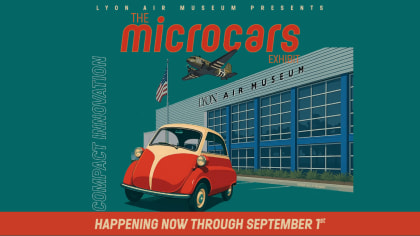Folks, presenting the Volvo 850 Turbo (finally)
Published on Fri, Mar 3, 1995
By: Len Frank
Questions and possibly answers from Len Frank – originally published in European Car magazine sometime in 1995.

This is a very overdue review of a very overdue car. You’ll remember the Volvo 850 GLT of last year, Volvo’s first front driver to go on sale here. It has a 2.5 liter five-cylinder east-west engine, a brand new unit designed (with considerable help from Porsche) with aluminum block and twin cam four-valve head, the whole thing compact enough so that Volvo has been able to mount the gearbox on the end of the crank rather than behind it.
Styling of the 850 is evolutionary with a close family resemblance to the 9-series. The 9-series, in turn, used a fair chunk of 7-series looks with the corners rounded in front and the backlight given some rake (that’s in the sedan—the wagon used the 7-series rear sheet metal).
But when you park an 850 and a 940/60 side by side, even though the Swedish Stolid family looks are there, there isn’t a single piece of sheet metal shared. Looks are more than skin deep—the 850 has a mere .32cd. And there’s something about the way the Turbo wagon looks…
Volvo advertised the hell out of the 850 and it worked—sales were excellent. They presented the 850 as a performance machine with sports car handling and vivid acceleration. In truth, it wasn’t bad but it wasn’t the first car that came to mind when thinking about high performance sedans, regardless of which end drove. “Still,” a bunch of people thought, “for a Volvo…” And that’s where the story starts.
Volvo got their reputation here for performance, value, and longevity back in the ‘fifties and ‘sixties with the old 444/544. The Volvos had 85bhp back when the benchmark Beetle had 40, and the Volvo owner didn’t have to worry much about adjusting valves every 3000 miles, changing oil every 1500, or breaking crankshafts from exceeding 80

mph going downhill. 544s were faster than most of what were thought of as sports cars in those days. At roughly $2300 they were just about the best imported car buy.
Q. Remember that Volvo commercial with a tower of Volvos stacked on top of one another?
Volvo could just have easily stacked SCCA E and F Production championships, B Sedan championships, ITA/B wins, and even European Touring Car Championship wins at least as high as the top Volvo.
Somehow, despite the P1800 sports coupe and 1800ES sportswagon, and cars like the 123GT, the 142E, the 242GT and Turbo, the performance part of that equation was lost.
“Volvo” has become part of the language like Edsel, Buick, Rolls Royce and a few others. “Buick”, despite no longer fitting the description exactly, has come to mean things bloated, overblown, and extravagant, while R-R, a pretty rotten car by any rational standard, still is a synonym for “the best”. Language denotes common beliefs, usually prejudicial.
Q. And what does “Volvo” mean?
Actually it’s Latin for “I roll” but “Stodgy”, is another answer, “dull” and “conservative” might be others. And it’s not politically Conservative (those guys are supposed to be buying Buicks), it’s save-the-whales conservative, no-nukes conservative, the-world-is-shrinking conservative, the-sky-is-falling conservative (and a Volvo is a great place to be when the sky is falling).
Q. So what’s the problem with that?
It means that the Volvo is not an object of desire (like a BMW), or a reward for a job well done (like a Mercedes-Benz). It’s more like a prescription to help fend off an illness.
And who really wants to take medicine. It’s the “I-don’t-want-to-own-a-car-but-I-have-to-so-it-will-be-a-Volvo” syndrome. Two-stroke Saabs and early 4wd Subarus were bought by folks with similar sentiments. It also means that Volvo buyers will buy cars less often than, say, BMW buyers.
Q. Where is all of this going?
Volvo has sometimes had a product problem. The Swedes don’t react quite as quickly as the Japanese when this happens—despite outward appearances, they do move faster than the continental drift, but maybe not much. So when they found themselves with a potential Enthusiast’s Express in the shape of the 740 Turbo wagon, they (the corporate “they”) took a long time trying to figure out whether it was a Good Thing and what to do with it.
In the meantime, the 9-series was developed from the 7-series, and too much old-think went with it. It had taken Volvo too long to get rid of the PRV V6, too long for them to get a four valve head for the four cylinder engine, too long to get ergonomically placed switches and minor controls, too long to restyle…
None of these were considered faults by that core group of Volvo buyers who still clung to their rolling Swedish security blankets. They were happy with their bulletproof, earthquake-proof, Birkenstock Volvos with more than adequate bumpersticker space on the rear. But Volvo prices kept going up, and the economy kept going down (and car sales, especially European car sales) along with it.
Bob Austin, Volvo’s head of U.S. PR, best known as the mysterious “a Volvo Spokesman” is actually a car guy with great enthusiasm, terrific arcane automotive knowledge, an SCCA license, a Super Vee coffee table and a garage full of projects awaiting leisure that will probably never arrive.
A few years ago, at some press gathering, Austin was wondering casually (the casual part was probably a ruse) what the fastest station wagon in the world might be. I knew what he was getting at: it was Austin who was behind the Volvo 740 Turbo wagons that ran in the Escort Endurance Series.
Q. What Turbo wagons?
In 1985/86/87, the SCCA got it together well enough to run a national (plus Canada) series for lightly modified showroom stock cars that arguably provided the best road racing-with-a-roof since the original Trans Am 25 years before. We (I was one of the drivers) qualified on almost every class pole usually ahead of the 944s, Mitsubishi Starions, 300ZXs, RX7s, Saleen Mustangs and the slower Camaros and Firebirds. Turbo 944s and Corvettes were always faster but we held our own with everything else on the track.

So what Austin was getting at was maybe doing a little cherry-picking. Maybe lower a 940 Turbo wagon a little, mess a bit with whatever really makes it all go, and then set a station wagon record at Bonneville. As far as I know, there is no official wagon class so any speed would have been a record.
Q. Is the AMG Hammer a production wagon? How about various Audi Avants and BMWs?
Unfortunately when he asked what might be the world’s fastest wagon of a group of journalists, the answers he got didn’t include the Volvo 940T. Enter the new 850 Turbo Sport Wagon.
Q. What’s the bad news?
While the normally aspirated 850 GLT is available with a really slick five speed, the Turbo will get to America driving only through an AW four speed electronically controlled automatic. The European sport suspension will not be available here (at least from Volvo) because of our Federal bumper height regulations, the 16″ alloys that were going to be standard are now a $300 option, thanks to production limitations, and the European 17s with Pirelli P-Zeros are not available at all.
In general 850 Turbos are not exactly cheap, but the prices are competitive with various junior Lexuses, the Infiniti J30, and various others like the Chrysler Town and Country, the Buick Park Avenue, the Taurus SHO, and the BMW 3/5-series.
Q. What’s the good news?
Start with the last statement above and go to just about everything else. OK, quibble: the wagon taillights are an acquired taste. The 850 Turbo wagon—they’d like it to be called a Sports Wagon–has a look to it not seen on any stock Volvo ever. It’s aggressive, it looks the way lowered 911 owners want their cars to look. The commercials show it in red but it will look better in black or anthracite. Some Volvo. Some wagon.
It has all of the Volvo verities found in the normal 850: superior side impact protection, dual air bags, ABS, CFC-free A/C, an OK sound system…
But the Turbo badge on the back buys you 222bhp, but no torque curve. Notice that I didn’t say “no torque”. The engine management system (Volvo-Bosch Motronic 4.3) flattens it to a long, long, plateau that has the same torque—220 ft.lb.—from 2000 to 5300rpm. Off the line, torque is limited to prevent wheelspin—a problem with high performance fwd cars.
The Turbo engine uses the same smaller bore (81mm) as the European two liter Taxman Special but the same stroke as the 2.5 normally aspirated version (90mm) for 2319cc. Bore size was reduced to provide room for more cooling flow and stronger cylinder walls in anticipation of higher cylinder pressures.
Every manufacturer has claimed to have eliminated turbo lag—Volvo (and Saab) have come about as close to that truth as anyone is likely to.
Thanks to shaky due dates on stories, some of this has already been reported but: this is probably the world’s fastest real production wagon. We were at Volvo’s banked test track in the outback of southern Sweden. Last August, Austin, Peter Frye (ex-Motor Trend) and I (driving) were circulating in the top lane at about 245kph in a Turbo wagon–ours was the first group of journalists to drive the Turbo (the wagon had been on sale in Europe since early 1993, but the Turbo had not yet been shown to the world press)—and we were agreeably pleased with the speed until I noticed another Volvo gaining rapidly.
The engineering staff had asked us please to stay 100 meters apart so I obediently dropped down a lane to let a Canadian, Mark Lachapelle, by. Back in the pits I asked him whether his car had been “pumped” and he said no, he was just doing what one of the Volvo engineering drivers had suggested–getting up as high as possible on the banking with the left-side wheels well above the top “limit” line (clockwise track).
Austin went off to do what PR guys do, Frye and I went back out to try it again and this time went 255. Back in the pits, Birdrawn wandered over and said he had been riding in the back of another car at 250+ when they were passed at great speed by a pair of cars drafting one another. We arranged for it to happen again with Tony Swan (ex-Popular Mechanics) driving the lead car and Doug Kott (R&T) inches off his rear bumper. Bidrawn, riding in the back again, said that the speedo needle went to 260, then past until it was literally “pegged.”
Get this picture: here are a pair of stock station wagons of modest displacement with engines, Volvo says, that are purposely not taken to the max, one car has an automatic, they both have a/c, built-in kiddy seats, air bags, etc., and, in case you haven’t done the math, are running at something over 160 miles an hour. It wasn’t even an especially good turbo day…a little warm, etc.
Handling is legal-department-predictable with higher limits than one might expect. Back here in the US, a normally aspirated 850 was sort-of prepared for SSB and changing alignment specs alone made several seconds difference in lap times. Brakes are great (all Volvos), seats are great (all Volvos), ergonomics are very good (sadly not all Volvos), the wagon part has been very carefully thought out and shows it.
Austin has made inquiries about modifying the electronic controls on the automatic to give manual gear changes—it can be done pretty easily, he was told.
Q. What’s the world’s fastest production wagon?
Let’s take one to Bonneville and find out, OK, Bob?
Top image: Volvo 850 GLT Turbo (photograph courtesy of the Volvo Car Corporation)

The late Len Frank was the legendary co-host of “The Car Show”—the first and longest-running automotive broadcast program on the airwaves. Len was also a highly regarded journalist, having served in editorial roles with Motor Trend, Sports Car Graphic, Popular Mechanics, and a number of other publications. LA Car is proud to once again host “Look Down the Road – The Writings of Len Frank” within its pages. Special thanks to another long-time automotive journalist, Matt Stone, who has been serving as the curator of Len Frank’s archives since his passing in 1996. Now, you’ll be able to view them all in one location under the simple search term “Len Frank”, or just click this link: Look Down The Road. – Roy Nakano




